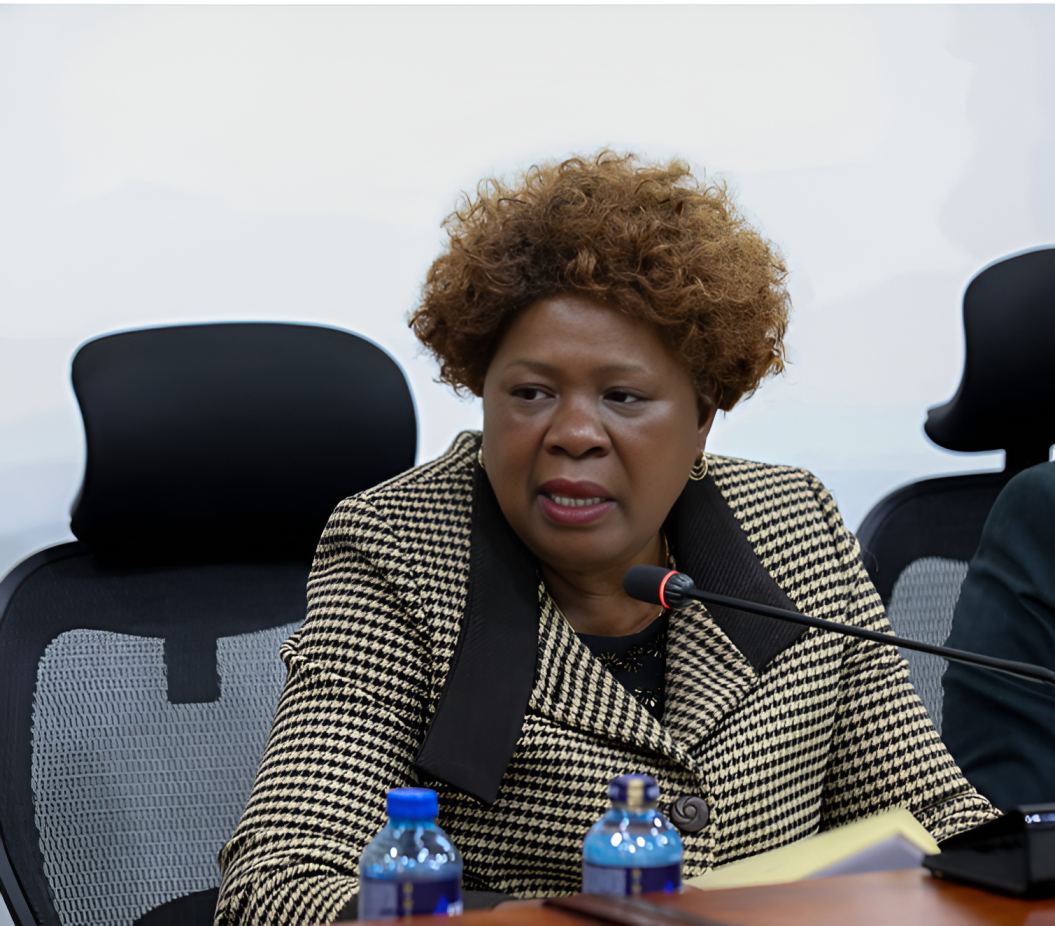Selective demolitions? Senate puts CS Wahome on the spot

Wahome defended the government’s approach, saying the ongoing Nairobi River clean-up targets areas with high pollution levels, not specific locations or communities.
Lands Cabinet Secretary Alice Wahome faced tough questions from senators over claims that demolitions along the Nairobi River have unfairly targeted informal settlements while sparing other developments in upstream areas.
Appearing before the Senate Lands Committee, Wahome defended the government’s approach, saying the ongoing Nairobi River clean-up targets areas with high pollution levels, not specific locations or communities.
She explained that the demolitions are not about reclaiming riparian reserves but rather about tackling environmental degradation along the river.
“Our objective is to regenerate the river, not the riparian reserve,” Wahome told the committee chaired by Mombasa Senator Mohamed Faki.
The Nairobi River Regeneration Programme, launched in March 2025, is a Sh50 billion environmental and infrastructure project aimed at restoring the river ecosystem and improving the surrounding neighbourhoods. The project is being implemented over seven years by the Nairobi Rivers Commission, working in collaboration with the ministries of Housing, Environment and Defence.
Wahome said the initiative covers designated “design areas” across five counties—Nairobi, Kiambu, Machakos, Kajiado and Murang’a. It incorporates affordable housing, upgraded markets, modern infrastructure, sewerage systems, flood control and solid waste management.
“We are focusing on where there is the greatest pollution. We are not guided by whether people live upstream or downstream,” she said, emphasizing that pollution hotspots—rather than geography—determine where demolitions occur.
But senators accused the ministry of double standards, with Murang’a Senator Joe Nyutu questioning why only informal settlements were being targeted while larger industrial and residential developments were seemingly left untouched.
“When we talk about riparian land, enforcement should be uniform. All buildings and structures on the reserve should be removed,” Nyutu said.
He also raised concerns over the impact on low-income communities, asking, “Do we have two sets of laws? Why are we only seeing demolitions in informal areas when pollution is present along the entire river?”
In response, Wahome insisted that any structures obstructing the river regeneration—regardless of their legal status—would be brought down.
She added that the project currently employs 20,000 youth under the ClimateWorx programme, and that another 10,000 will be recruited in the coming phase. In addition to clean-up activities, the programme includes the construction of new markets and social housing units for people affected by the demolitions.
However, Wahome clarified that there would be no compensation for displaced persons, stating that most do not legally own the land they occupy. She noted that the government is exploring the option of offering a token to acknowledge the disruption caused by the demolitions.
